Are there situations or things that make you anxious or fearful, causing you to avoid them at all costs? Perhaps you’re afraid of heights, spiders, or social interactions. If so, there is hope in conquering these fears through a therapeutic technique called exposure therapy. Let’s find out what is exposure therapy, exposure therapy techniques, exposure therapy benefits and exposure therapy effectiveness for overcoming anxiety and fears.
What is Exposure Therapy?
Exposure therapy is a psychological treatment that aims to alleviate anxiety and fear by gradually exposing individuals to the sources of their distress in a safe and controlled manner.
It is based on the premise that repeated and prolonged exposure to feared situations, objects, or memories can lead to a reduction in anxiety and a subsequent increase in one’s ability to cope effectively.
The primary goal of exposure therapy is to help individuals confront their fears and build resilience, ultimately enabling them to lead fulfilling lives that are not constrained by anxiety or phobias.
By exposing themselves to anxiety-provoking stimuli, individuals can learn that their fears are often unfounded or exaggerated, allowing them to reevaluate their thoughts and beliefs surrounding the feared stimuli.
So what is exposure therapy? It is a form of behavioral therapy that aims to help individuals confront and ultimately overcome their fears and anxieties. The purpose of exposure therapy is to help individuals learn that their fears are exaggerated and that they can effectively cope with them.
For instance, consider the movie “Silver Linings Playbook” (2012), starring Bradley Cooper and Jennifer Lawrence. In the film, the main character, Pat Solitano, played by Bradley Cooper, undergoes exposure therapy as part of his treatment for bipolar disorder and anger management.
His therapist, Dr. Patel, uses exposure therapy techniques to help him confront and manage his emotional challenges, which is a central part of the film’s plot and character development.
Related: The Healing Power of Music: How Music Therapy Improves Mental Health
How Does Exposure Therapy Work?
The underlying principle of exposure therapy lies in the concept of fear extinction. When we repeatedly expose ourselves to anxiety-inducing stimuli, our brains learn that these triggers are not actually dangerous or harmful.
Over time, the fear response diminishes, and we become desensitized to the anxiety-provoking stimuli. In other words, exposure therapy retrains the brain’s response to anxiety, fostering new, healthier associations with previously feared situations or objects.
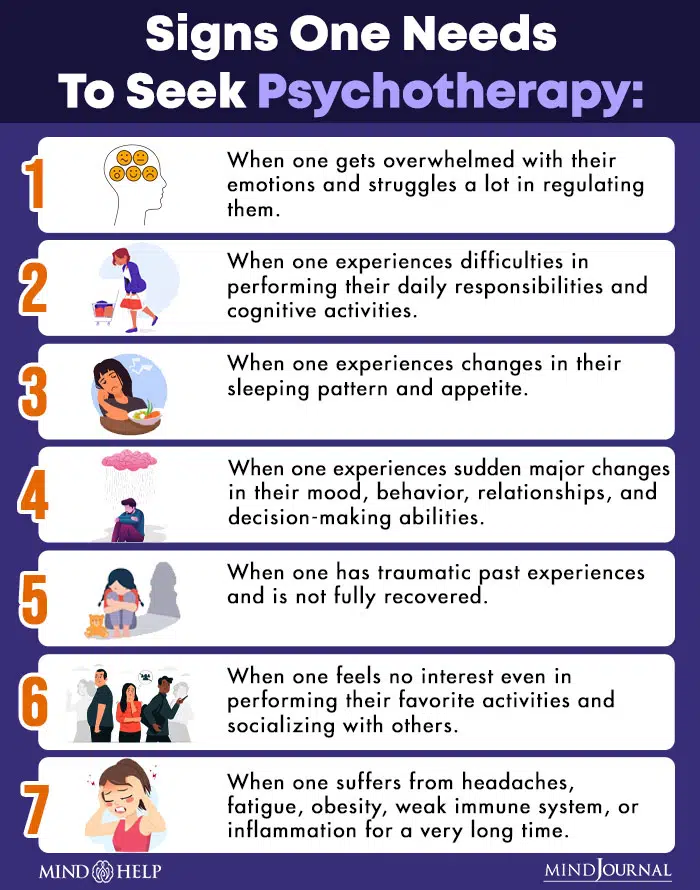
Key Principles in Exposure Therapy
Exposure therapy operates on several key principles, all of which contribute to its effectiveness in treating anxiety disorders and phobias:
1. Habituation
Through repeated exposure to the feared stimuli, individuals gradually experience a decrease in their anxiety response.
This process, known as habituation, occurs as the brain learns that the feared stimuli are not inherently dangerous or threatening.
2. Extinction
Exposure therapy leverages the process of extinction, wherein the association between the feared stimuli and the anxiety response weakens over time.
As individuals repeatedly confront their fears without experiencing harm, the brain begins to rewire itself, creating new associations that replace the fear response with a sense of safety.
3. Emotional Processing
Exposure therapy facilitates emotional processing, allowing individuals to explore and understand the underlying emotions and thoughts associated with their fears.
By confronting these emotions in a controlled and supportive environment, individuals can gain insight into their fears and develop healthier coping mechanisms.
Now that we know what is exposure therapy and how it works, let’s explore exposure therapy techniques and exposure therapy effectiveness.
Exposure Therapy Techniques
Exposure therapy utilizes various techniques to help individuals confront and gradually overcome their fears and anxieties. Here are some of the main exposure therapy techniques that you should know about –
1. In Vivo Exposure
In vivo exposure involves directly facing feared situations or objects in real life. For example, if someone has a fear of flying, they might start by looking at pictures of airplanes, then progress to visiting an airport, and finally, taking short flights.
This gradual progression allows individuals to build confidence and resilience while gradually confronting their fears.
2. Imaginal Exposure
Imaginal exposure involves confronting fears through vividly imagining anxiety-provoking situations or objects. This technique proves particularly useful when confronting fears that are challenging to replicate in real life, such as traumatic experiences or specific phobias.
By repeatedly visualizing the feared scenarios, individuals can gradually reduce their anxiety response and gain a sense of control.
3. Virtual Reality Exposure
With advancements in technology, virtual reality (VR) has become a powerful tool in exposure therapy. VR exposure allows individuals to experience simulated environments that trigger their anxiety.
For instance, someone with a fear of public speaking can practice giving a speech in a virtual auditorium. Virtual reality exposure therapy provides a safe and controlled environment for individuals to face their fears and learn new coping strategies.
4. Interoceptive Exposure
This technique involves deliberately inducing physical sensations or symptoms that are associated with anxiety. By intentionally experiencing the bodily sensations that often accompany anxiety, individuals learn to tolerate and reinterpret these sensations, reducing the fear response.
For example, someone with panic disorder may be asked to engage in exercises that induce sensations similar to a panic attack, such as rapid breathing or spinning in a chair.
Related: 21 Different Art Therapy Exercises For Different Emotions
5. Graduated Exposure
Graduated exposure involves creating a hierarchy of feared situations or stimuli, ranging from least anxiety-provoking to most anxiety-provoking.
Individuals start by confronting the least anxiety-inducing situation and gradually progress to more challenging situations as they gain confidence and tolerance. This gradual approach helps build resilience and prevents overwhelming anxiety.
6. Systematic Desensitization
When you know what is exposure therapy, you realize that this technique combines exposure with relaxation techniques. Individuals learn relaxation skills, such as deep breathing or progressive muscle relaxation, and then pair these techniques with gradually increasing exposure to feared situations or stimuli.
The goal is to associate relaxation with the feared stimuli, helping to reduce anxiety responses over time.
7. Response Prevention
Response prevention involves deliberately avoiding or resisting safety behaviors or avoidance strategies that individuals typically engage in to reduce anxiety.
By preventing the usual avoidance or safety-seeking behaviors, individuals have the opportunity to experience the anxiety in a controlled manner and learn that their feared outcomes do not occur. This technique is often used in the treatment of OCD as well.
It’s important to note that these exposure therapy techniques are applied based on an individual’s specific anxiety disorder and their unique fears and triggers. A trained mental health professional will tailor the exposure therapy techniques to the individual’s needs, ensuring a safe and effective treatment approach.
Exposure Therapy for Illness Anxiety Disorder
Illness Anxiety Disorder (formerly known as Hypochondriasis) is a condition characterized by excessive worry and preoccupation with having a serious illness, despite having little or no medical evidence to support the belief.
Exposure therapy for illness anxiety disorder can be an effective treatment approach for individuals with this disorder. Here’s how it can be applied:
1. Psychoeducation
The therapist begins by providing psychoeducation about Illness Anxiety Disorder, explaining the nature of excessive health concerns and the role of anxiety in maintaining the condition. This education helps individuals understand that their fears are driven by anxiety rather than actual medical issues.
2. Exposure to Health-related Triggers
Exposure therapy for Illness Anxiety Disorder involves gradually exposing individuals to health-related triggers that evoke anxiety. These triggers may include medical information, discussions about illnesses, or visiting medical settings. The exposure is conducted in a controlled and supportive environment.
3. Challenging Catastrophic Thoughts
During exposure sessions, individuals are encouraged to identify and challenge their catastrophic thoughts and beliefs about illnesses. By examining the evidence supporting or refuting these beliefs, individuals can develop a more balanced and realistic perspective on their health concerns.
4. Reducing Safety Behaviors
Safety behaviors are actions individuals engage in to alleviate their anxiety and reassure themselves about their health. These behaviors may include excessive internet research, frequent doctor visits, or seeking reassurance from others.
exposure therapy for illness anxiety disorder aims to gradually decrease these safety behaviors, helping individuals tolerate uncertainty and reduce their reliance on reassurance-seeking behaviors.
5. Emotion Regulation Techniques
Exposure therapy may incorporate emotion regulation techniques to help individuals manage their anxiety during exposure sessions.
Deep breathing exercises, mindfulness, and cognitive restructuring are some of the techniques that can be taught to individuals to regulate their emotions and maintain a sense of control during exposure.
By systematically exposing individuals to health-related triggers and challenging their catastrophic beliefs, exposure therapy can help individuals with Illness Anxiety Disorder develop healthier responses to health concerns.
It assists in reducing excessive worry and preoccupation, promoting a more balanced perspective on their health and alleviating distress associated with the disorder.
Related: Yoga Therapy: Benefits for Trauma Treatment and Mind-Body Wellness
Exposure Therapy Benefits
So now you know what is exposure therapy? But how can exposure therapy help you? Here are some of the most common exposure therapy benefits –
1. Long-lasting Results
Exposure therapy has demonstrated its ability to produce long-lasting results. By directly confronting fears and anxieties, individuals can develop new, adaptive responses and reduce avoidance behaviors.
The skills acquired during exposure therapy extend beyond the therapy sessions, benefiting individuals in their daily lives long after the treatment ends.
2. Increased Confidence and Empowerment
Exposure therapy empowers individuals as they confront and overcome their fears. By witnessing their ability to handle anxiety-provoking situations, their confidence grows, leading to a greater sense of self-efficacy.
This newfound confidence can extend to other areas of their lives, fostering personal growth and resilience. This is one of the major exposure therapy benefits.
3. Enhanced Emotional Regulation
Exposure therapy helps individuals develop healthier coping mechanisms and emotional regulation skills. By gradually facing fears, individuals learn to manage their anxiety and stress responses effectively.
This can lead to improved emotional well-being and an increased ability to navigate challenging situations with greater ease.
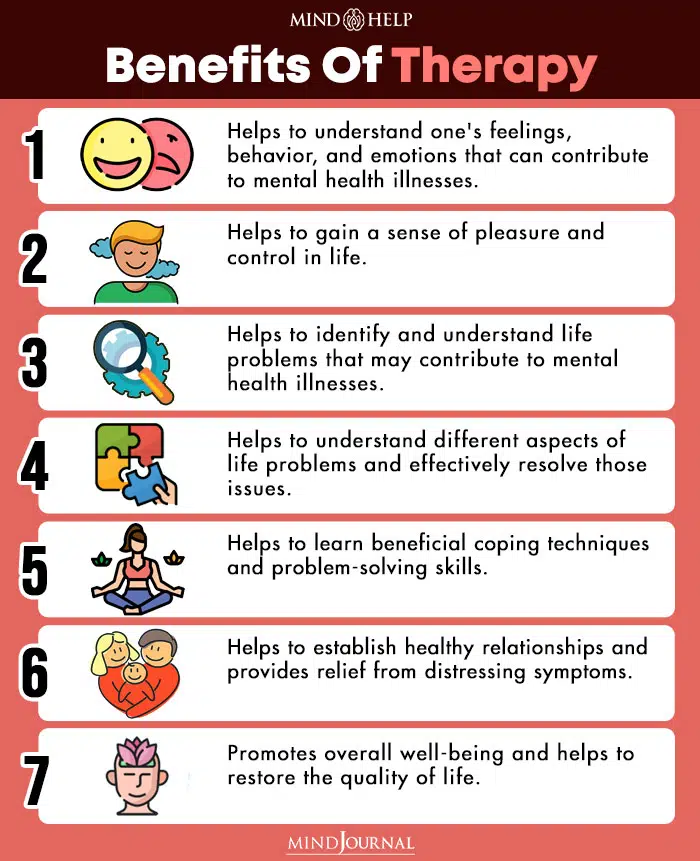
Effectiveness of Exposure Therapy
Knowing what is exposure therapy is not enough, let’s understand exposure therapy effectiveness.
Exposure therapy has been extensively studied and proven to be highly effective in treating various anxiety disorders. Here are some key points highlighting its effectiveness:
1. Scientifically Supported
Exposure therapy is supported by a wealth of scientific evidence. Numerous studies have shown its efficacy in treating conditions such as –
- Specific phobias
- Post-traumatic stress disorder (PTSD)
- Obsessive-compulsive disorder (OCD)
- Panic disorder
- Social anxiety disorder
- Generalized anxiety disorder (GAD)
2. Generalization of Skills
Exposure therapy helps individuals develop skills that can be generalized to various aspects of their lives. By learning to cope with anxiety in specific situations, individuals gain a toolkit of strategies that can be applied to other anxiety-provoking scenarios.
This generalization enhances their overall ability to manage anxiety and increases their sense of self-efficacy. This is another prominent exposure therapy effectiveness that we must consider.
3. Gradual Progression
Exposure therapy follows a systematic and gradual approach to facing fears. Therapists work collaboratively with individuals to create exposure hierarchies, which are step-by-step plans that outline increasingly challenging situations.
This gradual progression allows individuals to build confidence and resilience over time, making it easier to confront their fears.
Related: When to Take Your Child To A Therapist: 4 Signs of Mental Health Problems in Children
Takeaway
So what is exposure therapy? Exposure therapy offers hope and an effective path towards overcoming anxiety and fears. By confronting our fears in a safe and controlled manner, we can rewire our brains and develop new, healthier responses.
Whether it’s a fear of heights, social interactions, or traumatic memories, exposure therapy provides a powerful tool for reclaiming our lives from the grip of anxiety.
With the support of a skilled therapist and a willingness to face our fears, we can embark on a transformative journey towards a life free from the constraints of anxiety.
Frequently Asked Questions (FAQs):
What is an example of exposure therapy?
Exposure therapy involves gradually facing a fear or anxiety, such as a fear of flying, by taking step-by-step actions to desensitize the fear.
How does exposure therapy works?
Exposure therapy works by gradually exposing an individual to their fear or anxiety in a controlled and safe manner to reduce their distress and sensitivity.
When is exposure therapy not recommended?
Exposure therapy may not be recommended for individuals with severe mental health conditions, active substance abuse, or those unwilling to participate.
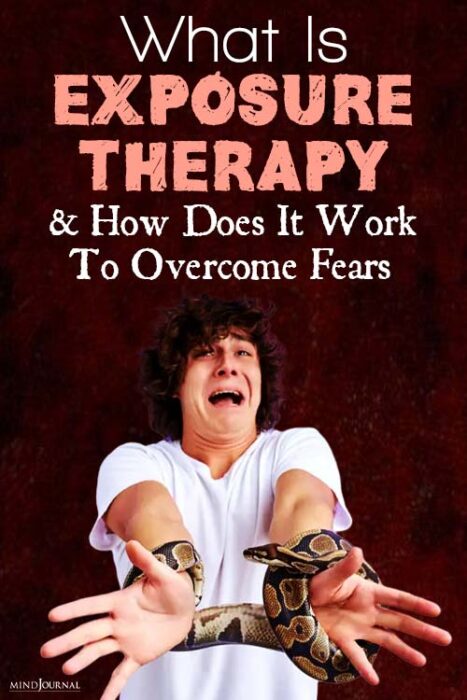
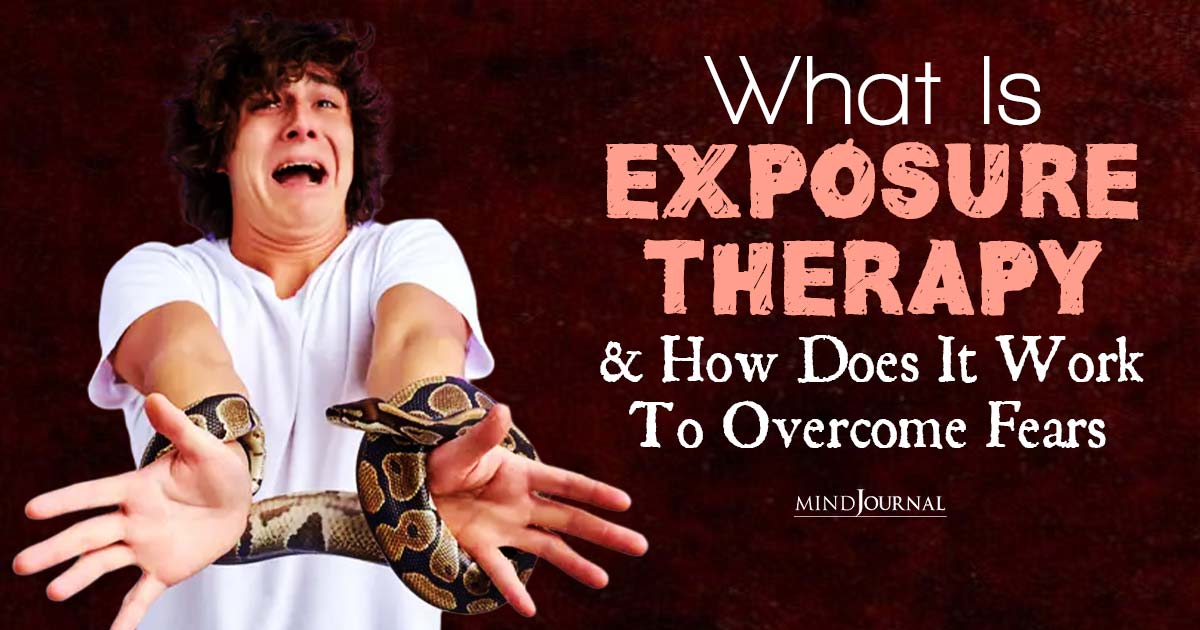
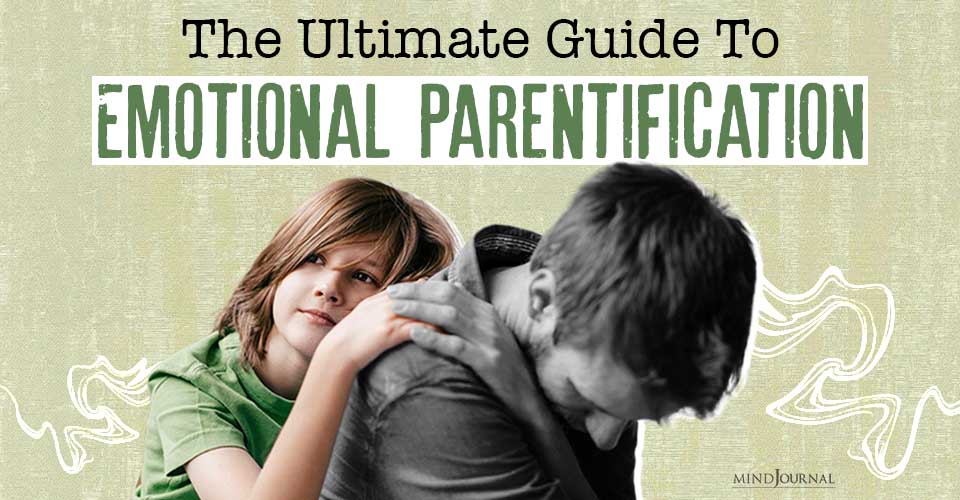

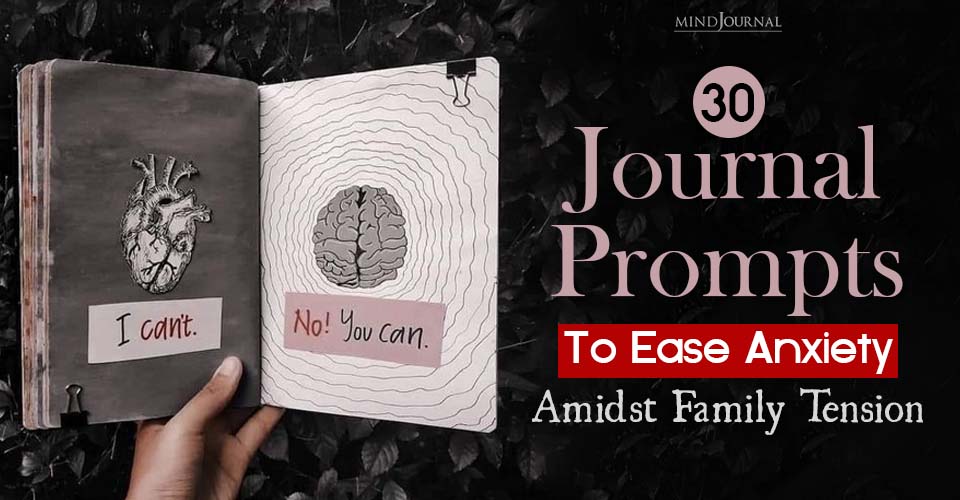
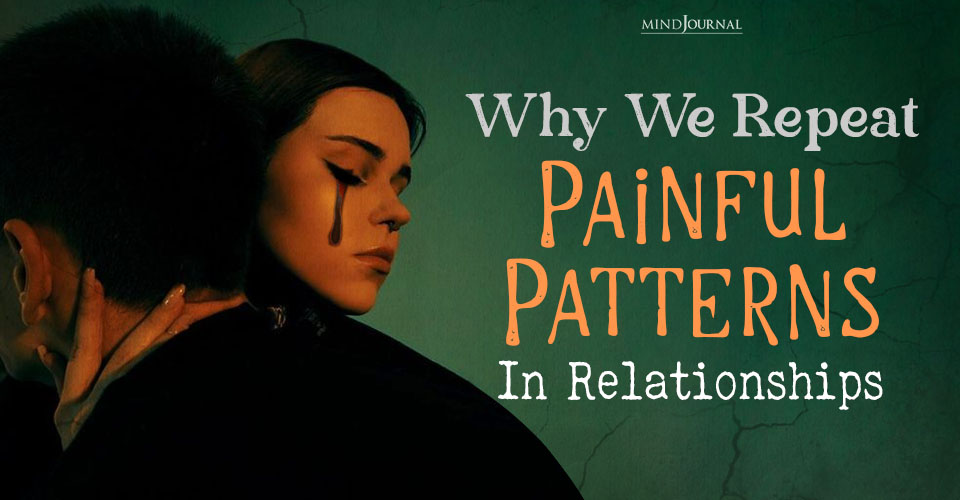
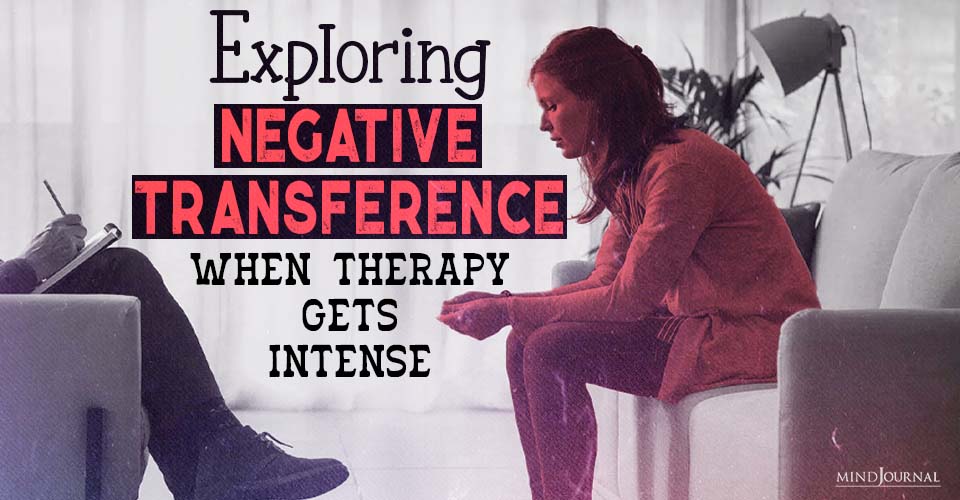
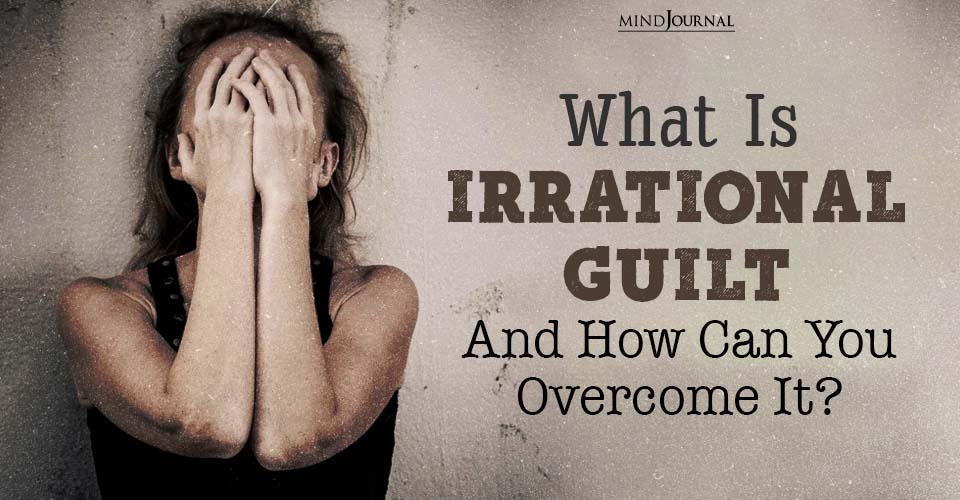

Leave a Reply
You must be logged in to post a comment.